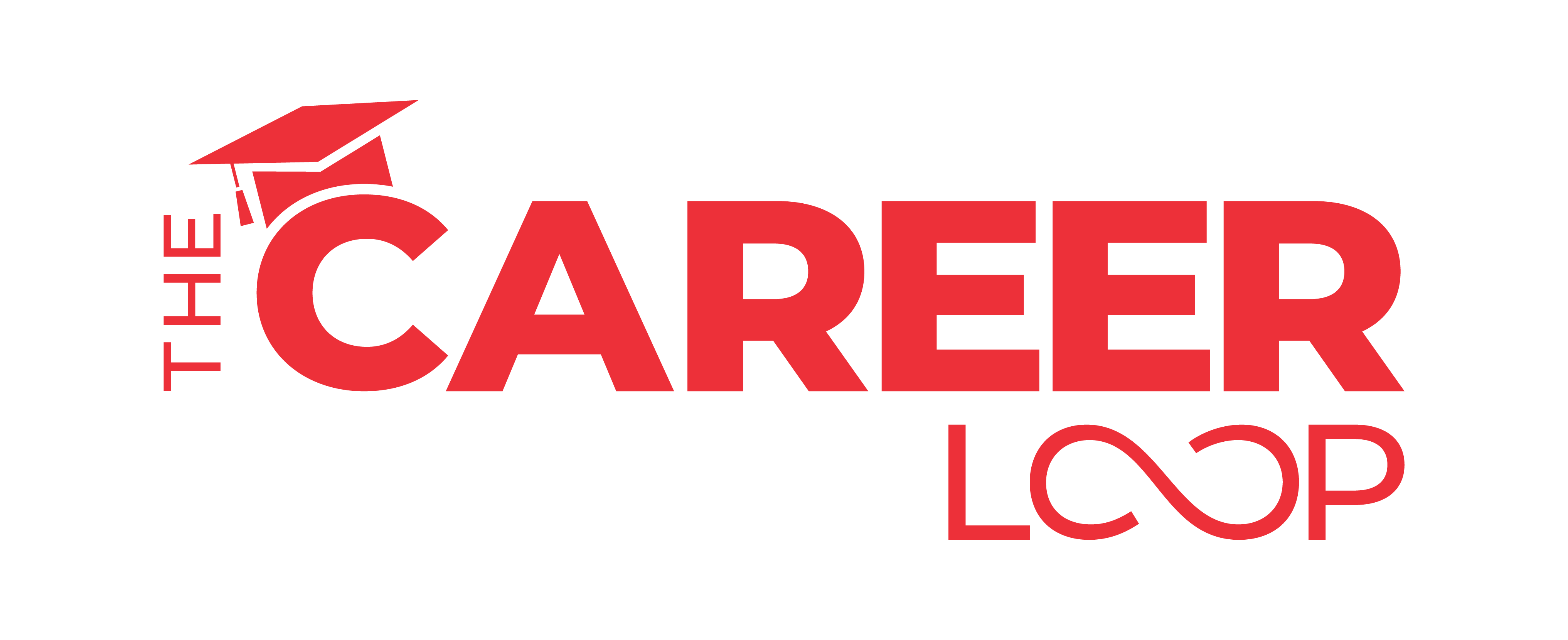Rejection is brutal, especially for a job you want. You’ve done the hard work of applying, interviewing, and hoping, only to hear a polite “no.” But here’s the good news: a rejection doesn’t have to be the end of your journey with that company. If you handle it right, you can leave a positive impression, build connections, and open doors for future opportunities.
So, how do you follow up after a rejection without sounding pushy or discouraged? Let’s break it down into simple steps.
Why It’s Important to Follow Up
Following up after a rejection isn’t just a nice gesture. It’s smart. First, it shows that you’re professional and resilient, which employers respect. Second, it helps you maintain a connection with the company, so they might think of you if another role opens up. And finally, it’s a chance to learn. Feedback from the hiring process can be incredibly valuable for your next application.
How to Follow Up After a Rejection
- Say Thank You
Start your follow-up by thanking the hiring team for their time and effort. Even though you didn’t get the job, they still spent time reviewing your application, interviewing you, and considering you for the role. A little gratitude goes a long way.
For example, you could say:
“Thank you for letting me know about your decision. I appreciate the opportunity to interview and learn more about your team and company.”
- Express Continued Interest
If you’re still interested in working for the company in the future, say so. Let them know you’d love to be considered for other roles that keep you on their radar.
Here’s a way to phrase it:
“I admire the work your team is doing. I hope to be considered for future opportunities that align with my skills.”
- Ask for Feedback
Not every company will provide feedback, but it doesn’t hurt to ask politely. This can give you valuable insight into your performance and where you can improve.
You could ask:
“If possible, I’d appreciate any feedback you could share about my application or interview. It would be beneficial as I continue my job search.”
- Stay Connected
Don’t let the conversation end with the follow-up email. Consider connecting with the hiring manager or recruiter on LinkedIn. You can also follow the company on social media to stay updated on their news and job openings. Building these connections now might pay off later.
When to Follow Up
Timing is everything. Send your follow-up email within 24 to 48 hours of receiving the rejection. This shows professionalism and keeps the interaction fresh.
Example of a Follow-Up Email After a Rejection
Here’s a sample email you can use as a guide:
Subject: Thank You for the Opportunity
Dear [Hiring Manager’s Name],
Thank you for informing me about your decision regarding the [Job Title] role. I truly enjoyed the chance to learn more about [Company Name] and meet the team.
I remain very interested in contributing to your organization and would love to be considered for future roles that align with my skills. If there’s any feedback you could share about my application or interview, I’d greatly appreciate it. It would help me as I continue my job search.
Thank you again for the opportunity, and I wish you and your team all the best moving forward.
Best regards,
[Your Name]
Turning Rejection Into Opportunity
Rejection can feel like a setback, but it doesn’t have to be. Following up with professionalism and sincerity shows that you’re resilient and open to learning. This can leave a lasting impression and potentially open doors for future roles.
Remember, getting a “no” doesn’t mean you weren’t good enough. Sometimes, it’s just about timing or fit. Following up allows you to turn what feels like a closed door into a stepping stone for your career.
Stay positive, stay connected, and keep moving forward. You never know what might come next!

















